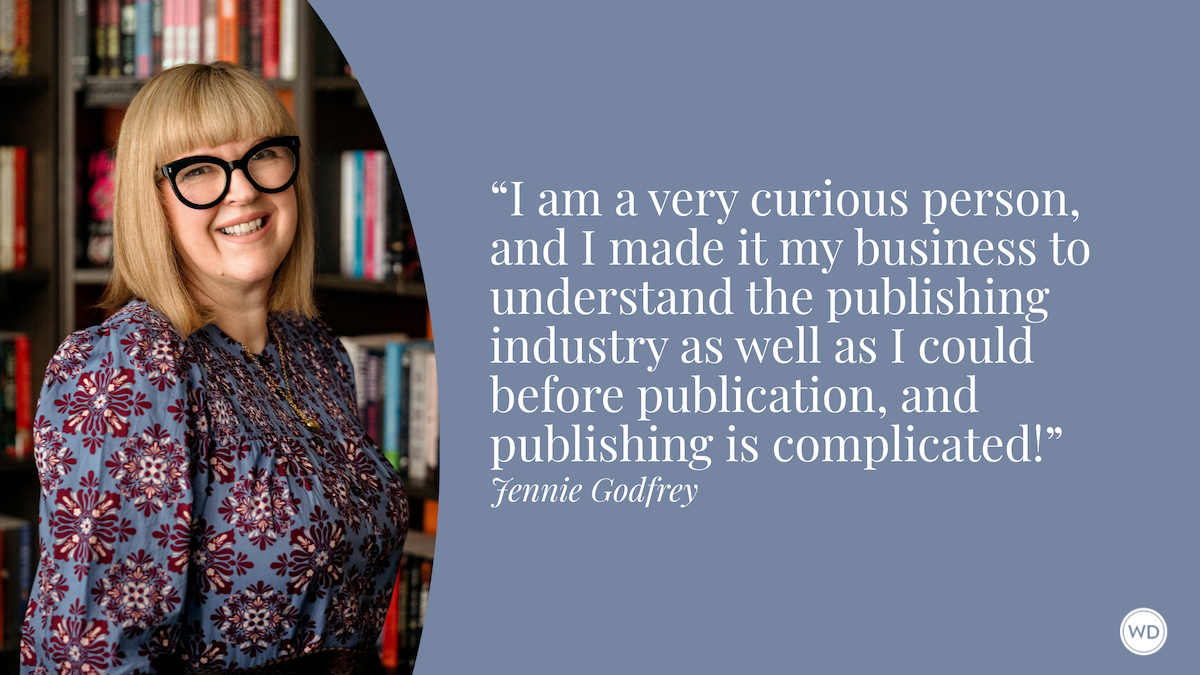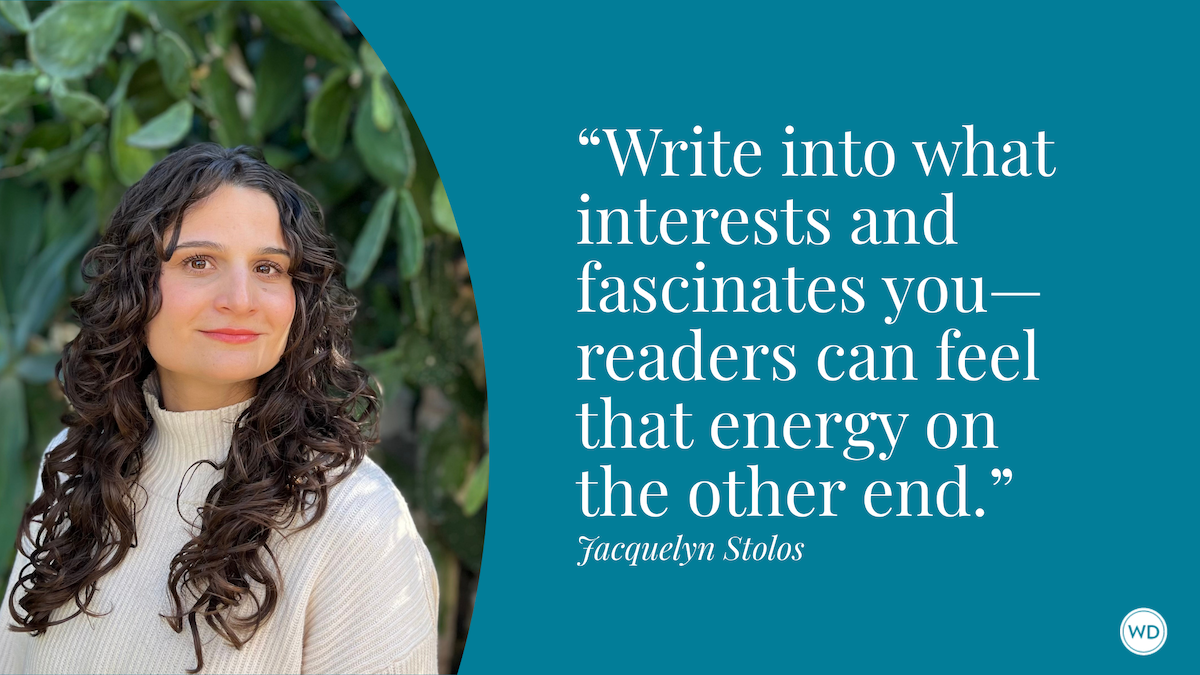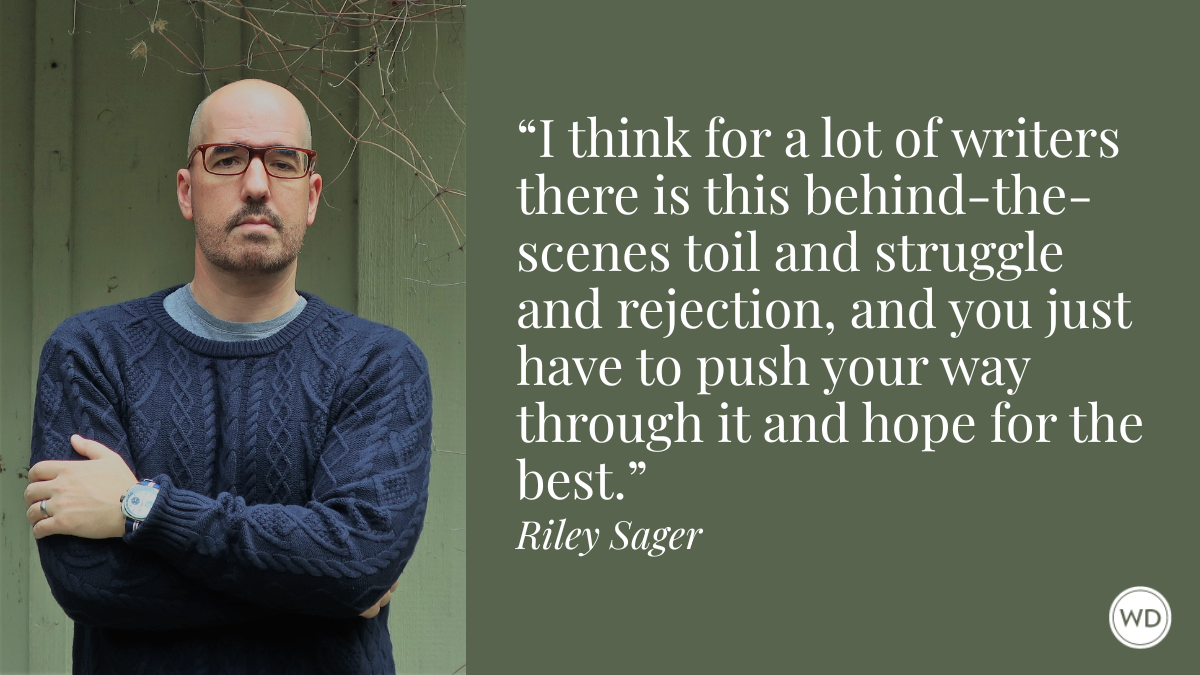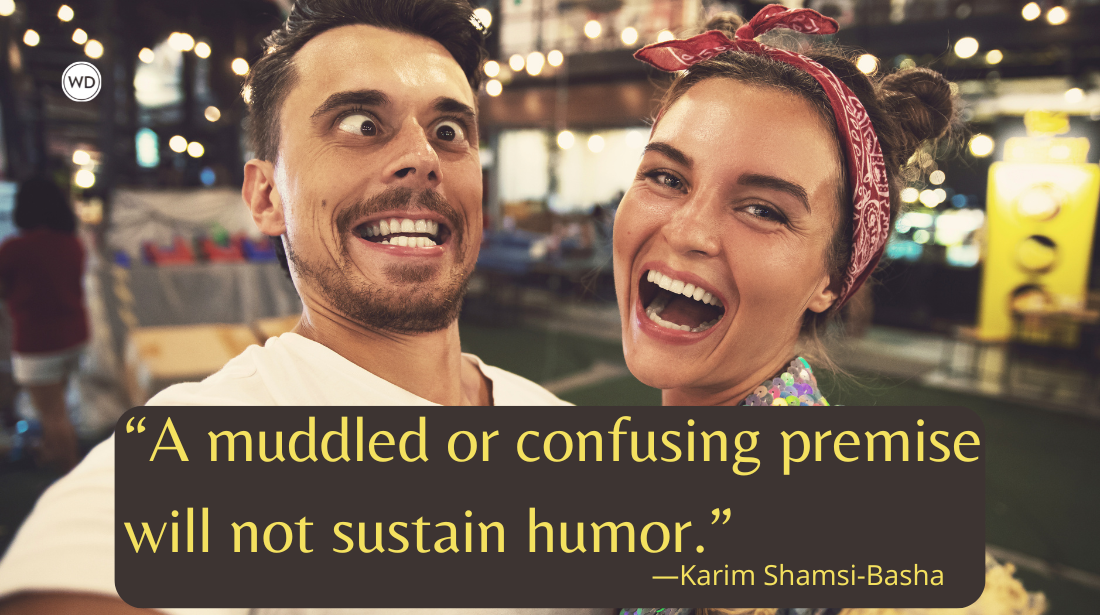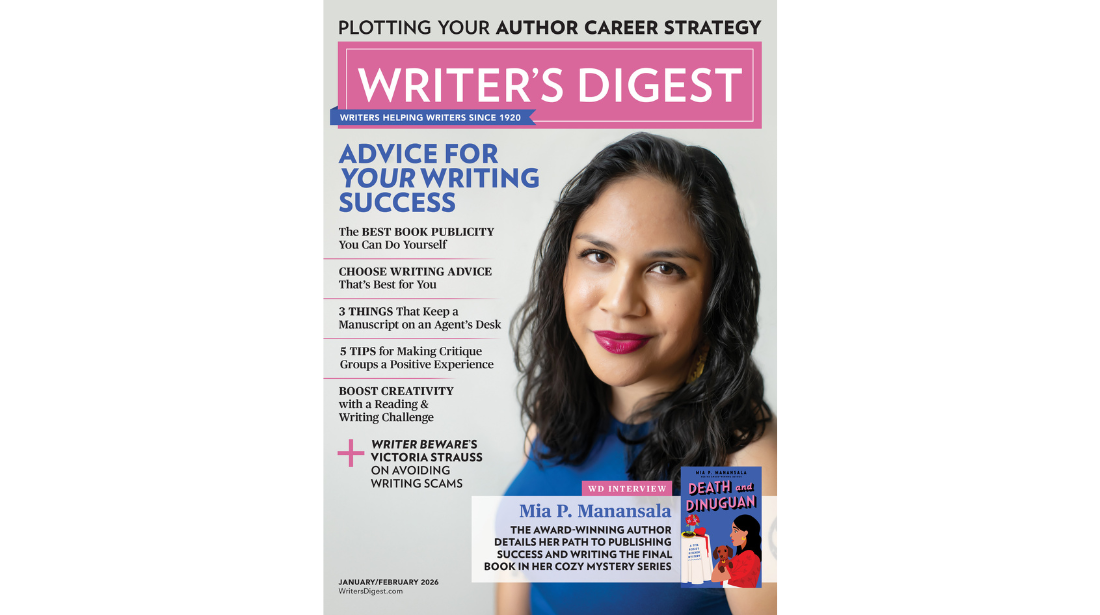Simon Tolkien: On Expanding an Idea Into Two Novels
In this interview, author Simon Tolkien discusses the eight years and industry shake-ups that went into his new historical fiction, The Room of Lost Steps.
Simon Tolkien is the author of No Man’s Land, Orders from Berlin, The King of Diamonds, The Inheritance, and Final Witness. He studied modern history at Trinity College, Oxford, and went on to become a London barrister specializing in criminal defense. Simon is the grandson of J.R.R. Tolkien and is a director of the Tolkien Estate. In 2022 he was named as series consultant to the Amazon TV series The Rings of Power. He lives with his wife, vintage fashion author Tracy Tolkien, and their two children, Nicholas and Anna, in Southern California. For more information, visit SimonTolkien.com, and follow him on Instagram.
In this interview, Simon discusses the eight years and industry shake-ups that went into his new historical fiction, The Room of Lost Steps, his hope for readers, and more.
Name: Simon Tolkien
Literary agent: Marly Rusoff, Rusoff Agency
Book title: The Room of Lost Steps (Theo Sterling Book 2)
Publisher: Lake Union Publishing
Release date: September 16, 2025
Genre/category: Historical fiction
Previous titles: Final Witness; The Inheritance; The King of Diamonds; Orders from Berlin; No Man’s Land; The Palace at the End of the Sea - (Theo Sterling Book 1).
Elevator pitch: An American boy with impossible dreams is thrust into the cauldron of the Spanish Civil War in this arresting and thrilling historical coming-of-age epic and sequel to The Palace at the End of the Sea.
What prompted you to write this book?
My two previous novels, No Man’s Land and Orders from Berlin, were set in the First and Second World Wars, and I originally chose to write about the Spanish Civil War because it lay between the two, and because I remembered an article I had read many years before about American young men who had joined the Lincoln Battalion to fight for the democratically elected Spanish Republic against Franco’s Fascists. They risked everything for what they believed, crossing the ocean to do battle in an unknown land, and many of them never came back. I was inspired by their courage and sacrifice, and I was also drawn to their story because I had emigrated to the States from England in 2008, and I wanted to honor my adopted country by trying for the first time in my career to write from an American as opposed to a British perspective.
How long did it take to go from idea to publication? And did the idea change during the process?
Eight and a half years, of which seven were spent working on the book! The original plotting phase took six months, the research took three years, the writing two and a half, and the editing and copy editing a year.
The idea did change because it expanded in all directions to the point that it ultimately became two books instead of one—what my publishers call a ‘duology.’ I began with the intention of writing about an American boy, Theo Sterling, who volunteers to fight in the Spanish Civil War, but I came to realize that I needed to start the novel in New York because that’s where so many of the American volunteers came from, becoming politically aware through their experience of the labor struggles there during the Great Depression. Then, halfway through the research process, I decided that the book needed an extra section, set in a fictional Spanish village before the Civil War, because it would not be dramatically satisfying if Theo fought in Spain purely for ideological reasons; he needed to do so because he loved the country, and a Spanish girl too.
Were there any surprises or learning moments in the publishing process for this title?
Yes. My last novel, No Man’s Land was published in 2016 by Nan Talese, one of the most renowned literary publishers in New York, who had her own imprint within Doubleday. She loved my work and gave me a contract for a new book about the Spanish Civil War, but the project kept expanding and it wasn’t ready when she came to retire three years later, and I didn’t submit the manuscript until 2022. A new editor had replaced Nan, and he didn’t believe in the book and was unhappy about its length. I am so lucky to have a wonderful agent, Marly Rusoff, who has represented me since 2007, and she advised me not to proceed with Doubleday, and I never made a better decision.
Marly introduced me to an excellent developmental editor, Beena Kamlani, who had helped amazing authors including Saul Bellow, and I worked with her for six months to polish the manuscript before submitting it again, and I then chose Amazon Publishing because of their enthusiasm for the book. They had the insight to see how the book would be improved by becoming two, and they have spared no expense on making both volumes as good as they can be and promoting them to readers. I feel that I have travelled a ‘long and winding road’ since 2016 with many highs and lows along the way, and I feel so grateful to all those who helped it come so right in the end.
Were there any surprises in the writing process for this book?
I set out to write a boy’s coming-of-age story but ended with a portrait of a decade in which the world lurched from peace to war, and from hope to despair. The organic growth of the books happened piecemeal over a number of years, but it was as if there was an invisible alchemy at work, taking Theo’s journey through a visceral experience of Utopian creeds that crumbled under touch, and so making his story universal as well as personal. I felt at the end as if I had been a workman building a great house, laboring in different rooms, distant from one another, but that a greater force, invisible but powerful, had guided me almost unconsciously toward an integral whole that I only saw for the first time when the book was finished.
What do you hope readers will get out of your book?
I hope that the story and the characters are sufficiently well-drawn and with the necessary depth to enable readers to leave this world behind and enter Theo’s. The greatest pleasure I take from the book is that the characters are as real to me as people I have known in my life, and I want my readers to have the same experience. I hope that they will need to know what is going to happen next, and to care about the outcome. As a historical fiction writer, I aspire to draw aside the gossamer curtain that separates the present from the past, and so enabling readers to feel that they are inhabiting the 1930s in New York, England and Spain, to the point that it becomes as real to them as the world of today.
If you could share one piece of advice with other writers, what would it be?
Don’t give up!





